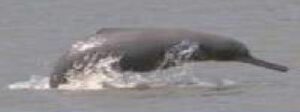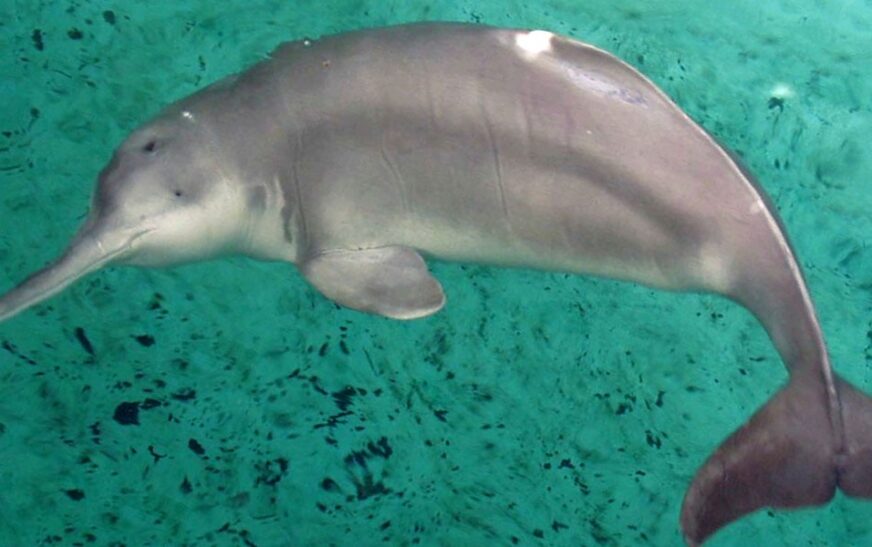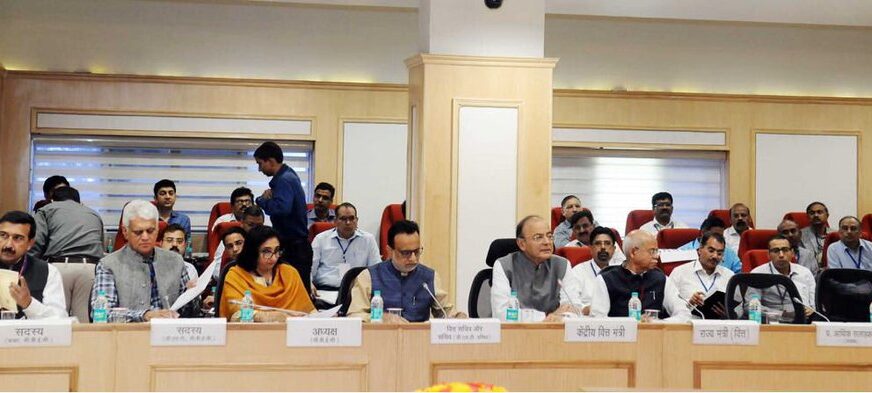RIVERINE DOLPHINS: –INDIA
Platanista gangetica gangetica
SARASIJ MAJUMDER

Riverine dolphins live in many rivers around the world, including some major rivers in Southeast, and East Asia.
Ganges, Brahmaputra, Karnaphuli, and Meghna Rivers: The Gangetic Riverine Dolphin inhabits these rivers and their tributaries in India, Pakistan, Bangladesh, Nepal, and Bhutan.
- Indus river: The Indus River dolphin lives in the Indus River system of Pakistan.
- Amazon and Orinoco rivers: BOTOS, a healthy species of river dolphin, live in the Amazon and Orinoco River systems and flooded rainforests of South America.
- Yangtze River: The BAIJI, a river dolphin native to China’s Yangtze River, is unfortunately now extinct. In 2006, scientists, including Professor Sam Turvey, carried out a comprehensive search of the Yangtze for any remaining baiji. But, by the end of the six-week survey, not a single river dolphin had been found – an experience Sam says he “wouldn’t wish on anyone”.
- QiQi, a Baiji river dolphin that died in 2002, was probably the last of this species. The photo [© Institute of Hydrobiology, Chinese Academy of Sciences] is shown at the TOP of this article.
- Irrawaddy, Mahakam (Indonesia), and Mekong rivers: These rivers in Asia are also home to riverine dolphins. While I was staying in a SHAK in lower Mekong delta during January 2015, I met a Scandinavian woman doing research on Riverine Dolphin and staying there.
- My observation: The shape seems to be slightly different, based on their habitat.
- In Asia, including India—the number of this species is gradually reducing—and not yet stabilized.
River dolphins are among the most endangered dolphins because they live in freshwater rivers where space is limited and they share resources with humans. Dams and barrages have degraded dolphin habitats and impeded their migration. Fishing hooks, nets, and Trawlers are additional threats.
Even a century ago—Hilsa, and Dolphin could be seen in Yamuna. The generation of my father has seen that.
Gangetic dolphins have many local names throughout the countries where they live. Most are related to the sound people hear when the dolphins surface to breathe. These include Sus and Swongsu (Nepali); Susu, Soonse and Sunsar (Hindi); Hiho and Shihu (Assamese).
In Bengal, the riverine Dolphins are called ‘SHUSHUK’— (শুশুক), Foomach and Sishumaach.
I got interested in them, when I first saw them during my childhood, in Ganga, at Calcutta. The interest continued.
SIZE, LIFE SPAN:
Gangetic river dolphins are usually 2.2–2.6 meters long (7–8 ft). The oldest recorded living animal was a 28-year-old male, 199 cm in length. Gangetic river dolphin has a sturdy, yet flexible body with large flippers and a low triangular dorsal fin. It weighs up to 150kg. The calves are chocolate brown at birth and become greyish brown in adulthood with a smooth and hairless skin. Females are larger than males. They are estimated to live maximum up to 30 years old.

Gangetic River Dolphin Data:
- Common Name: Susu.
- Scientific Name: Platanista Gangetica Gangetica.
- Population: Less than 1800 as on 2022.
- Length: Up to 2.70 m (Female), 2.12 m (Male)
- Weight: 150-170 Kg.
- Life Span: Male—30Y max, Female—25Y.
- Status. Endangered (IUCN)
HOME
Little is known about home range sizes of Platanista gangetica gangetica. Aerial and shoreline observations have yielded inadequate information to determine the given range of an individual’s movement and migration, and other aspects of their lives. These animals seem to travel extensively throughout river ecosystems, moving from mainland channels to coastlines and tributaries as the seasons change. (Moreno, 2003; Perrin, et al., 2002; Reeves and Brownell Jr., 1989)
COMMUNICATION AND PERCEPTION
Gangetic dolphins have poor vision. They lack lenses in their eyes, making it impossible for them to resolve images, they are likely to only be able to detect the presence or absence of light. Gangetic dolphins have highly developed sonar systems. They use pulse sounds not whistles to navigate. This allows them to perceive objects, specifically prey, in murky water. Over a 24-hour period there is almost always a constant emission of sound, 87% of these sounds are clicks for echolocation, the remaining sounds are sounds used in communication. There have not been enough studies to determine what the significance is of these communicative sounds. (MacDonald and Norris, 2001; Moreno, 2003; Nowak, 2003; Reeves and Brownell Jr., 1989)
LIFESPAN/LONGEVITY
Very little is known about the lifespan and longevity of Gangetic dolphins. Few specimens have been observed for the entirety of their lives, but only a handful of data exist. The oldest known male on record lived to be 28 years of age, while the oldest female reached 17.5 years of age. Based on crude estimates, dolphins reaching 18 to 22 years of age may not be uncommon. Few successful efforts have brought Platanista gangetica gangetica individuals into captivity for study. (Reeves and Brownell Jr., 1989)
MATING, REPRODUCTION
The Gangetic dolphin mates throughout the year and not restricted to any specific season. The first breeding occurs between six and ten years of age and females give birth once every 2 or 3 years. It is a relatively large interval that, together with the late maturation, produce a low natality rate that does not contribute to increasing the number of individuals in the wild. After weaning (generally 1 year after birth), the offspring do not maintain ties with its mother.
CONSERVATION STATUS
Only threat to this species are us, the humans who, looking for their meat and oil, have hunted them for many years putting them close to extinction.
According to the Red List Of the International Union for the Conservation of Nature (IUCN), this subspecies has a conservation status of ‘ENDANGERED.’
These dolphins do not have many predators in their habitat, so most of their threats are anthropogenic like: Hunting, Dams, Pollutions.
The Indian Government has notified the Gangetic River Dolphin as India’s “NATIONAL AQUATIC ANIMAL”.
Ganga River Dolphins (Platanistagangetica gangetica), is included in the Schedule I of the Indian Wildlife (Protection) Act 1972 banning their Hunting/killing, transport and sale of products. The penalties for violation of the law are imprisonment for a term which shall be not be less than three years but may extend up to seven years. India also bans the use of dolphins and other cetaceans for public entrainment and forbids them from being held captive. Thus, the species is granted increased conservation and management priorities. The Convention on International Trade in Endangered Species of Wild Fauna and Flora (CITES) prohibits, rather Forbids any form of Commercial/ International Trade by the listing of the Gangetic Dolphins on Appendix II, Table-2 List of the Pre-Identified and Priority Terminals.
India does not have any Dedicated Dolphin Breeding Center. However, it does have the Vikramshila Gangetic Dolphin Sanctuary, which is the only dolphin sanctuary in India and focuses on protecting the endangered Gangetic river dolphin. Additionally, India’s first National Dolphin Research Centre (NDRC) is recently established in Patna, Bihar, to conduct research on these dolphins.
VIKRAMSHILA GANGETIC DOLPHIN SANCTUARY:
- Located in Bhagalpur district, Bihar, along a 50 km stretch of the Ganges River.
- Established to protect the Gangetic river dolphin, a species classified as endangered by the IUCN.
- Also serves as a habitat for other species like otters, gharials, and birds.
- Conservation efforts include combating pollution and illegal fishing.
National Dolphin Research Centre (NDRC):
- Located in Patna, Bihar, near the Ganges River.
- The first of its kind in Asia, dedicated to the study and conservation of Gangetic dolphins.
- Aims to facilitate research on various aspects of the dolphin’s life, including behaviour, survival skills, and causes of mortality.
- Will also provide training to fishermen on dolphin conservation and protection during fishing.
- The NDRC is a key initiative under Project Dolphin, which aims to promote conservation of dolphins and their habitats.
While the NDRC focuses on research and conservation, it does not specifically breed dolphins in captivity. The primary focus is on protecting the wild population within the Ganges River and its tributaries.
NEED OF THE HOUR: —
To breed Riverine Dolphins in Captivity, by creating a guarded sanctuary, where the river water is cleaner, and on attaining maturity, release them in the rivers.
References:-
https://www.riverdolphins.org/river-dolphins-worldwide/
https://www.worldwildlife.org/species/ganges-river-dolphin
https://www.nhm.ac.uk/discover/baiji-why-this-extinct-river-dolphin-still-matters.html
https://www.aiwtdsociety.in/userfiles/file/report_Gangetic-river-dolphin-study_updated.pdf






